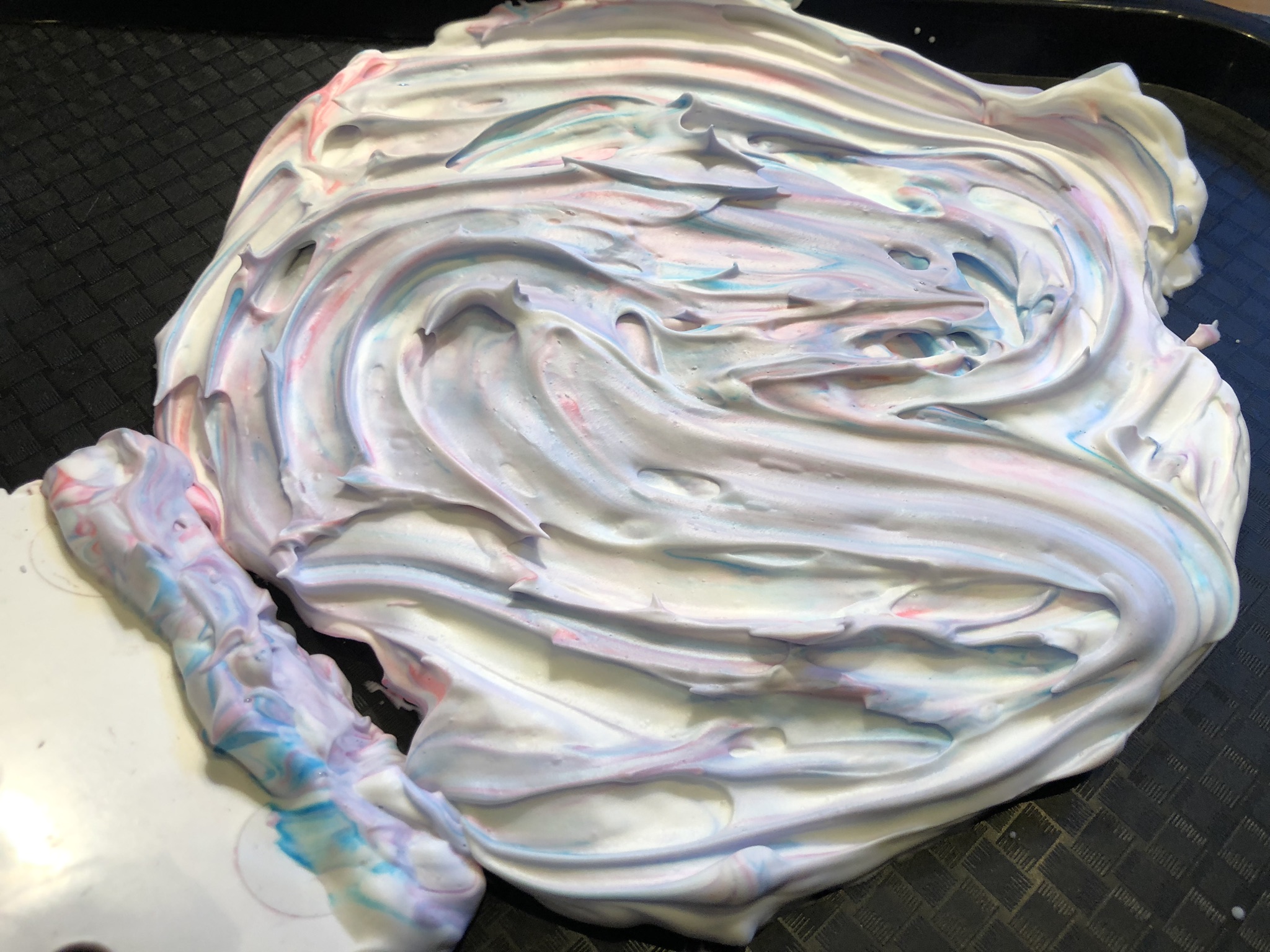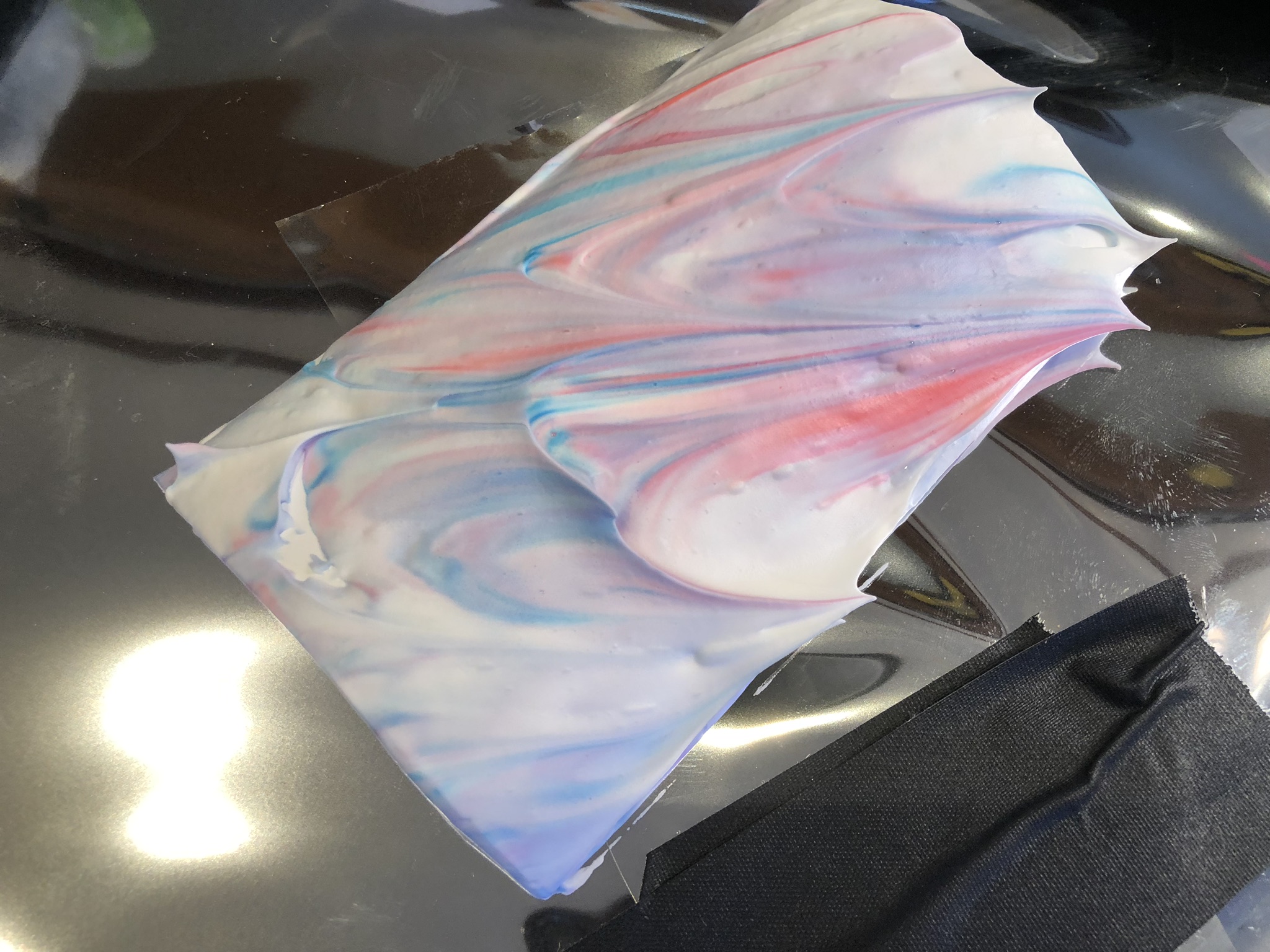Zines, Bubbles and Shaving Cream
A couple of weeks ago we participated in the Maker Ed Community Studio launch party. This was a great chance to connect with the local maker community, test out new ideas and share some of our latest experiments.
Lately we’ve been working with artist and illustrator Marie Baeta to create a series of zines that show surprising ways to tinker with simple materials. For the first trial run, she designed a little zine that allows for big explorations of pinholes and light requiring only the booklet and the sun.
It was really fun to see kids and adults spend time with Marie putting together the zine in the studio and then taking it outside to try out Bob Miller light walk esque experiments.
One of the exhibits that we revisited for the event was the bubble blowing robot that Nicole built for Figment Art festival. It was an interesting process to bring this machine out of storage and set it up. As I prepared for the event and tested the exhibit, I noticed that it wasn’t consistently detaching big bubbles. I spent a lot of time systematically updating the code and tweaking the strength and timing of the motor. I couldn’t quite get it working in time for the event and I think the bubbles cleanly disconnected maybe one out of every ten times.
Only later did we turn to the bubble solution and it turned out that the explanation wasn’t found in the code, but in the bubble mix. We tried adding pustefix (german bubble solution) and the exhibit went back to tip-top shape. I find this to be an interesting process in our computational tinkering experiments (and those of workshop participants) that it’s important to look at the digital elements as well as the physical materials.
And as a hands-on activity at the event, we tested out shaving cream paper marbling for the second time and our first time with kids. In this workshop, people sprayed shaving cream on a tray, spread out the foam, added a few drops of food coloring, swirled the dye, pressed in a paper postcard, and scraped off the paint to reveal the design.
The technique creates such a fun and surprising results that appeal to both kids and adults and it was awesome to see makers of all ages getting into the experience.
As well there was a bit of technique that developed over the day with some people who spent a lot of time experimenting, iterating and playing with materials. Although this workshop leans pretty heavily towards the arts and crafts axis of tinkering, the process felt really engaging and personally meaningful for participants. I’d like to think about other ways to “widen the walls” of this workshop.
It was a really fun day and we are looking forward to continuing inviting the community in for workshops and sharing our half baked ideas.















